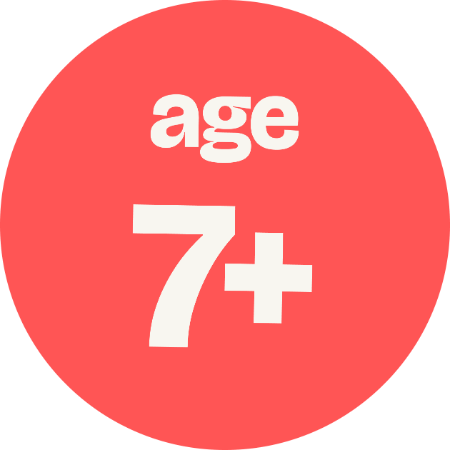Hunchbacked characters have often been portrayed as monsters, perverse creatures who embody ugliness. Mentioning a hunchback today automatically brings to mind Quasimodo from Victor Hugo’s The Hunchback of Notre-Dame, which has come to epitomise such figures in the collective imagination. This is all the more true following its various film adaptations (the best known being the Disney cartoon). Owing to his deformity the hunchback is rejected and despised by society, considered different, abnormal and not fully human. But it turns out that his appearance masks real qualities, beauty and humanity. Michel Ocelot’s version does not deviate from this rule. In this original tale he depicts a disdained hunchback who shows his true nature by transforming right in front of his tormentors. Ocelot uses a particular aesthetic, imitating the style of medieval engravings, with the camera wandering in a way that creates the impression of a painting coming alive. In animation terms the film is more akin to a series of still frames, a bit like a photo story. This “rigidness” in the animation can be seen as a way of expressing the narrow-mindedness of a crowd that is entrenched in its preconceptions and prejudices. The ensuing cruelty is also conveyed by the sound, with animal growls heard when the crowd turns on the poor hunchback, as if to point out who is responsible for the really monstrous behaviour. Towards the end the animation becomes more fluid, with real motion when the truth about the hunchback is revealed. Thus the hunchback’s transformation is matched by a transformation in the form of the film. So the hunchback’s change brings an overall change, like a movement overcoming the stupidity of intolerance and the cruelty of closed minds.
